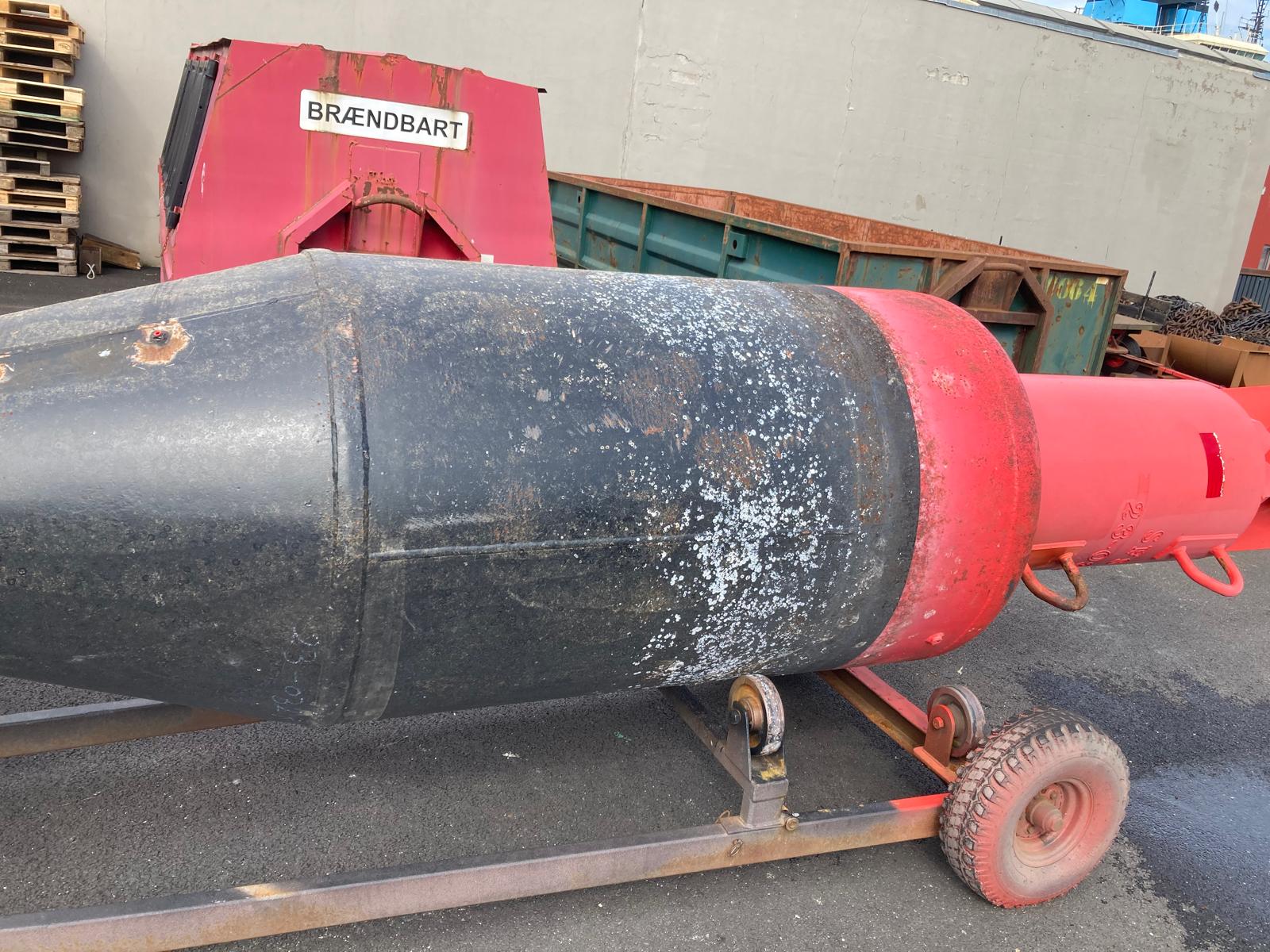Our Journey to Developing SabetoPROTECT

In May 2022, SabetoFlex's journey took a pivotal turn when Ed Stejn, one of our partners, drove a buoy from Grenaa to Roslev for cleaning. During this trip, Ed met Per Poulsen, the owner of a roofing company, sparking a game changing idea: why not use PIB, a material known for its resistance to UV and algae, in marine applications? The concept stemmed from an incredible discovery – PIB was found intact on a German submarine submerged for over 60 years [1], unaffected by algae or moss. Further validation came from a roof in Hanburg covered in PIB, which showed no significant UV related color loss after 60 years, making it ideal for marine visibility and durability.
The potential impact on the marine industry is immense. Traditional antifouling solutions require frequent sandblasting and repainting due to UV fading, leading to substantial CO2 emissions. Additionally, removing biofouling often involves transporting buoys over long distances, further contributing to emissions. PIB's long-lasting color and durability offer a promising alternative for reducing both maintenance and environmental impact as most traditional anti-fouling coatings are extremely toxic, both to humans and marine enviroments. Additionally, the spread of invasive species is now recognized by the IMO as one of the greatest threats to the ecological and the economic well-being of the planet and one of the main drivers of biodiversity loss [2].
As the project evolved, we faced installation challenges, leading us to a unique solution: mimicking fish scales using PIB disks. This approach made mounting easier by eliminating the need for precise measurements, streamlining the application and repair process.
In October 2023, after numerous prototypes, SabetoFlex was invited to present at IALA HQ in Paris. The Danish Coast Guard subsequently became the first in the world to adopt this innovative solution. Through rigorous testing, including 3x 2 week long ice exposures next the the M.S Krabbe ice breaker in Skive Harbour, the PIB disks retained structural integrity. Accelerated UV testing, simulating over 24 years of sunlight exposure, confirmed that PIB retained both color and structure, underscoring its reliability.
Initial antifouling tests on the PIB disks indicated mild biofouling, which we addressed by developing a non-ablative PIB paint containing trace amounts of copper. This solved the fouling issue with minimal environmental impact, as testing confirmed no significant copper leaching into the water. In 2024, we presented SabetoPROTECT at the IALA conference in Sydney, Australia, where it received high praise as a non-toxic, low-maintenance antifouling solution – the first of its kind on the market.
SabetoPROTECT showcases how innovative thinking can lead to substantial environmental benefits. By reducing maintenance and CO2 emissions, we're not just advancing technology – we're paving the way for a cleaner, more sustainable marine industry.